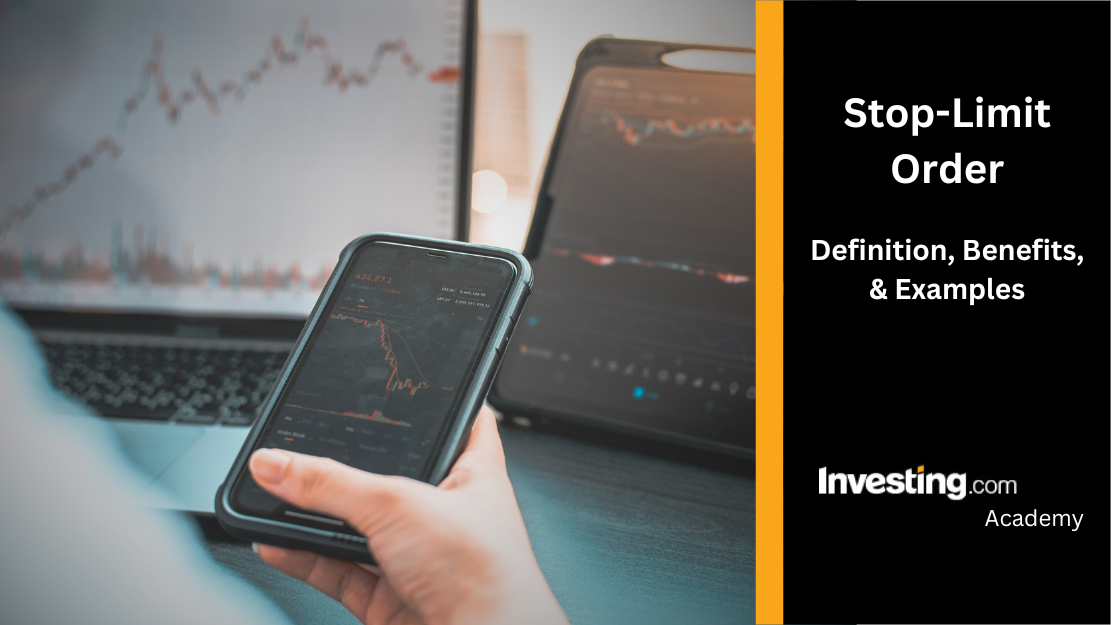In the fast-paced world of stock trading, it is crucial to have the right tools and strategies in place to protect your investments and maximize your profits. One such tool that every investor should be familiar with is the stop limit order.
Table of Contents
What is a Stop Limit Order?
A stop limit order is a type of trade order that combines the features of a stop order and a limit order. It allows investors to set a specific price at which they want to buy or sell a stock, while also setting a limit on the maximum price they are willing to pay or accept.
Let’s break it down:
- Stop Price: The price at which the stop limit order is activated and turns into a limit order.
- Limit Price: The maximum or minimum price at which the investor is willing to buy or sell the stock.
By using a stop limit order, investors can manage their trades with precision and reduce the risk of buying or selling at unfavorable prices.
:max_bytes(150000):strip_icc()/stop-limit-order-2c639b575958430095e5031c359ed390.jpg)
Credit: www.investopedia.com
How Does a Stop Limit Order Work?
Consider this example:
You own 100 shares of Company XYZ, which is currently trading at $50 per share. However, you want to protect your profits in case the stock price starts to decline. You can set a stop limit order with a stop price of $48 and a limit price of $47.
If the stock price drops to $48, the stop limit order is triggered, and it becomes a limit order to sell your shares. However, the order will only be executed if the stock price reaches or exceeds $47. This way, you protect your profits by ensuring that you sell at a favorable price while avoiding selling at a price lower than your limit.
Similarly, if you are looking to buy a stock, you can set a stop limit order to purchase it at a specific price and ensure that you only buy at a price that meets your criteria.

Credit: fastercapital.com
The Benefits of Stop Limit Orders
Stop limit orders offer several advantages for investors:
- Risk Management: By setting a stop price, investors can limit their losses if a stock price starts to decline.
- Price Control: The limit price allows investors to buy or sell at their desired price, avoiding unfavorable execution prices.
- Automated Execution: Stop limit orders are executed automatically once the stop price is reached, eliminating the need for constant monitoring.
- Flexibility: Investors can customize their orders to match their trading strategies and objectives.
It is important to note that stop limit orders may not guarantee execution, especially during periods of high market volatility or sudden price gaps. However, they still provide valuable protection and control for investors.
Using Stop Limit Orders Effectively
To make the most of stop limit orders, here are some tips:
- Set Appropriate Stop and Limit Prices: Consider the stock’s volatility and your risk tolerance when setting these prices.
- Regularly Monitor and Adjust Orders: Market conditions can change quickly, so review and update your stop limit orders to reflect the current situation.
- Understand Order Types: Familiarize yourself with the different order types and their implications to make informed decisions.
- Seek Professional Advice: If you are new to stop limit orders or feel unsure about using them, consult with a financial advisor or a stock trading expert.
In conclusion, a stop limit order is a valuable tool for managing your stock trades, providing risk management, price control, and automation. By understanding how stop limit orders work and using them effectively, you can enhance your trading strategies and protect your investments.
